Cats are known for exhibiting a variety of interesting behaviors, one of the most endearing being the act of kneading. Often called “making biscuits” due to the rhythmic motion resembling dough kneading, this behavior raises curiosity among cat owners. In this article, we will explore various theories to understand the reasons why cats knead their owners, offering insights into feline psychology and behavior.
What is Kneading?
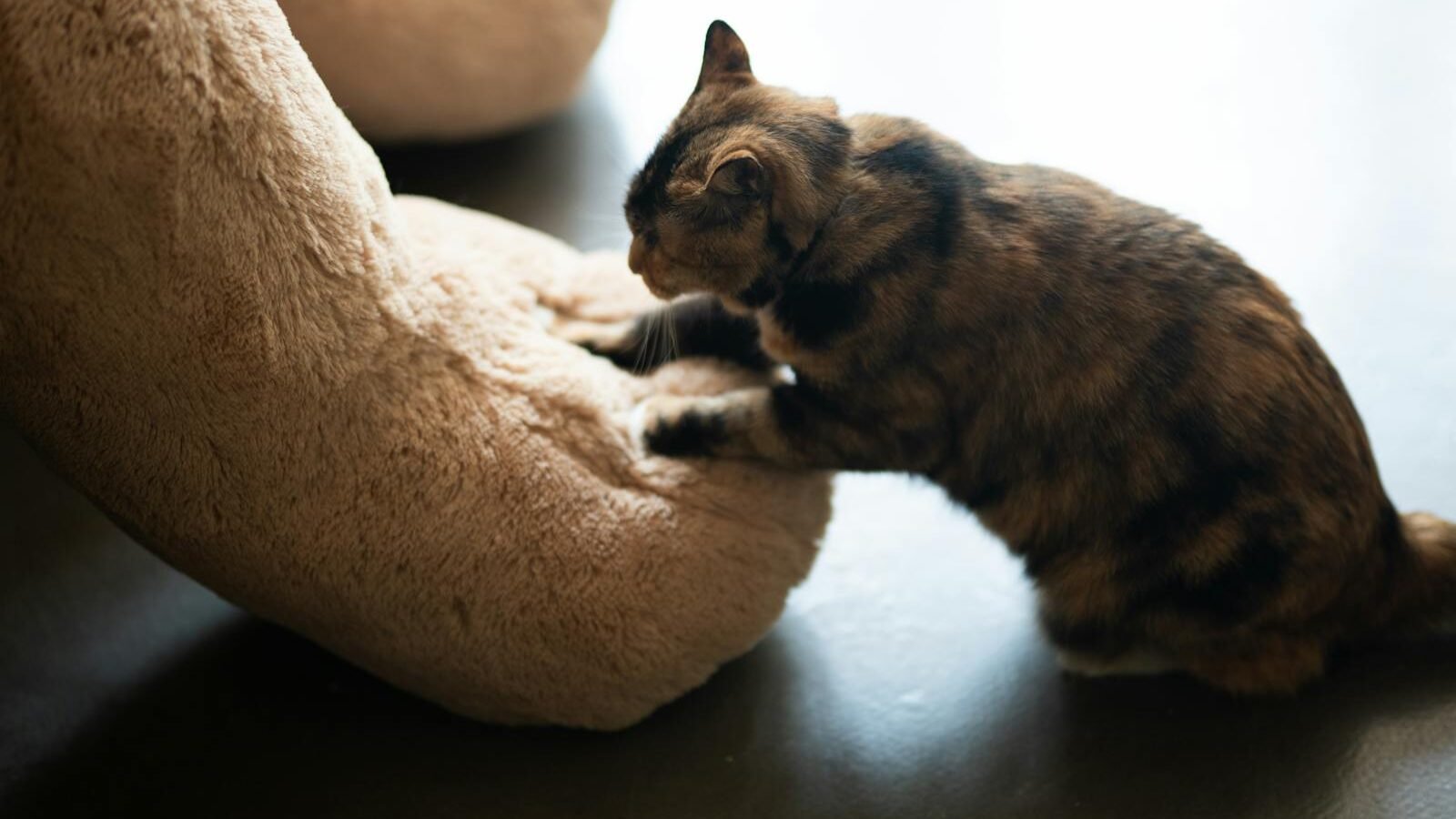
Kneading involves a cat pushing their paws in and out against a soft surface, often in a repetitive and rhythmic motion. This behavior is typically accompanied by a state of relaxation and sometimes even purring, indicating that it provides comfort to the cat. Owners frequently find their feline friends kneading on blankets, pillows, or even directly on their person.
Instinctual Behavior from Kittenhood
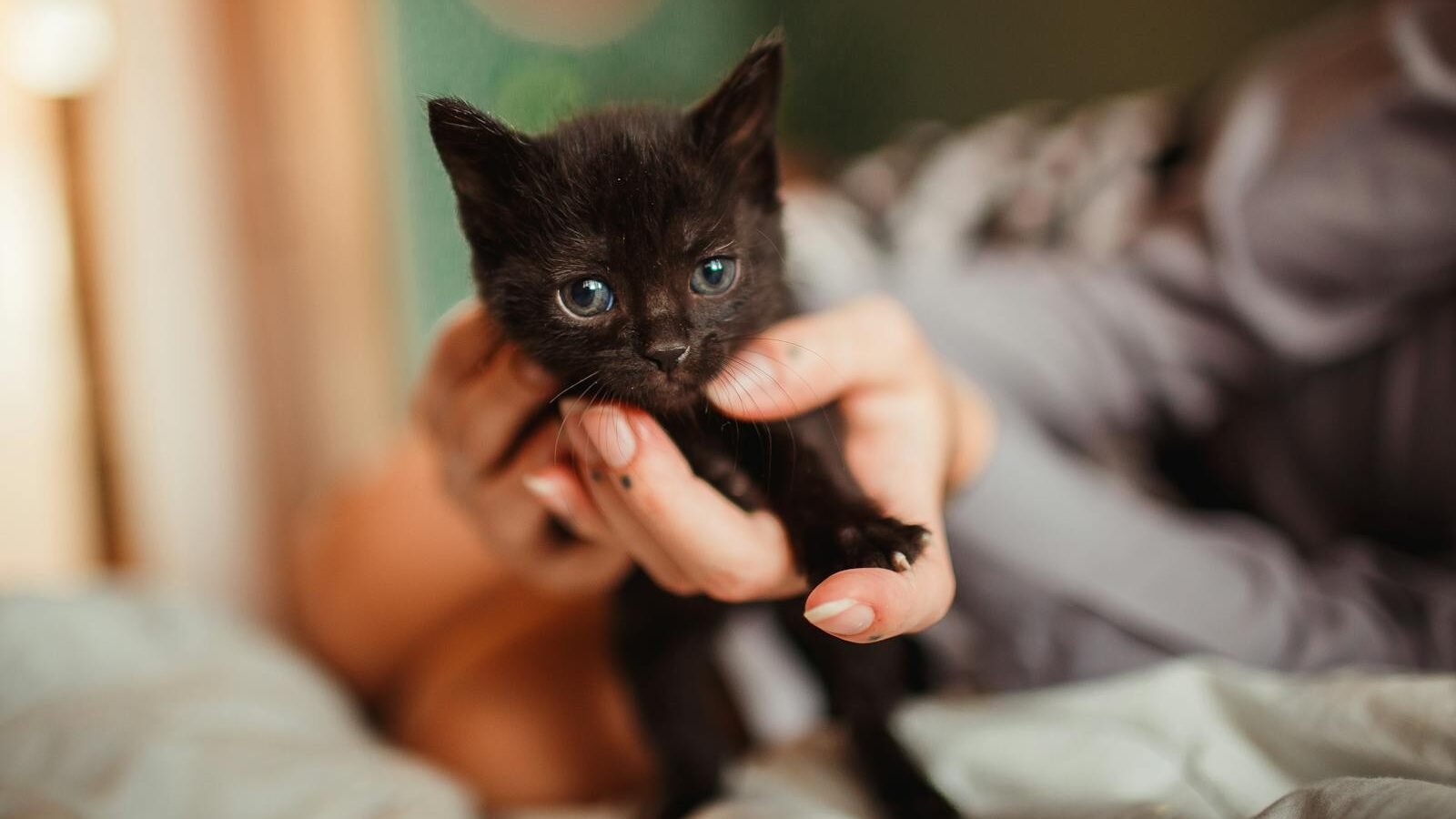
Photo by Helena Lopes via Pexels
The most widely accepted theory is that kneading is a behavior carried over from kittenhood. Kittens instinctively knead their mother’s belly to stimulate milk flow during nursing. This activity is associated with comfort and nourishment, and these positive associations remain with cats into adulthood, prompting them to knead when they feel happy or relaxed.
Marking Territory and Scent Glands
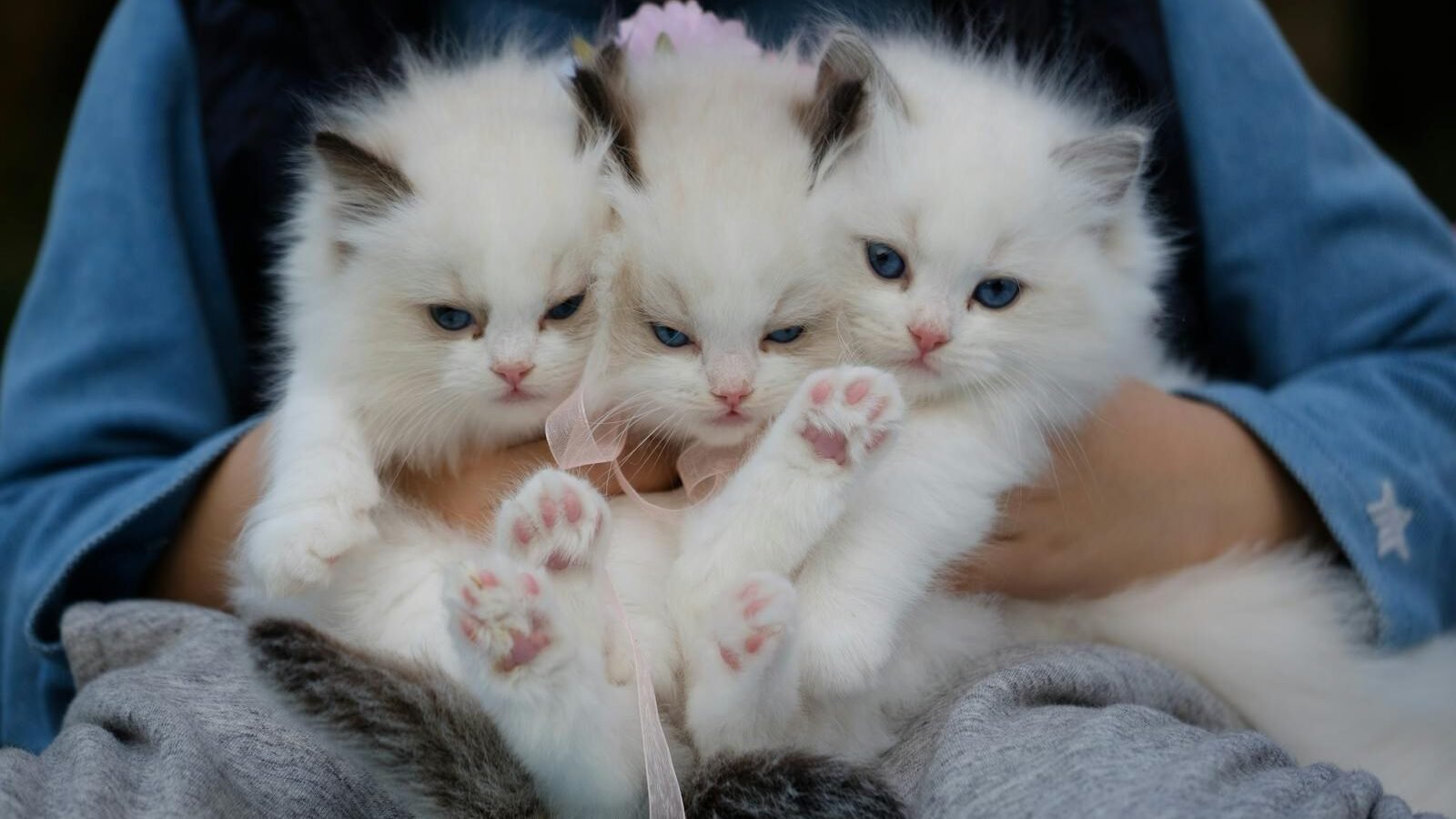
Cats are territorial animals, and they possess scent glands in their paws that release pheromones. By kneading, cats effectively mark their territory, signaling ownership over both the object and individual they knead. This behavior reinforces the bond they share with their human companions, imbuing their scent on them to establish a sense of security and belonging.
Creating a Comfortable Space
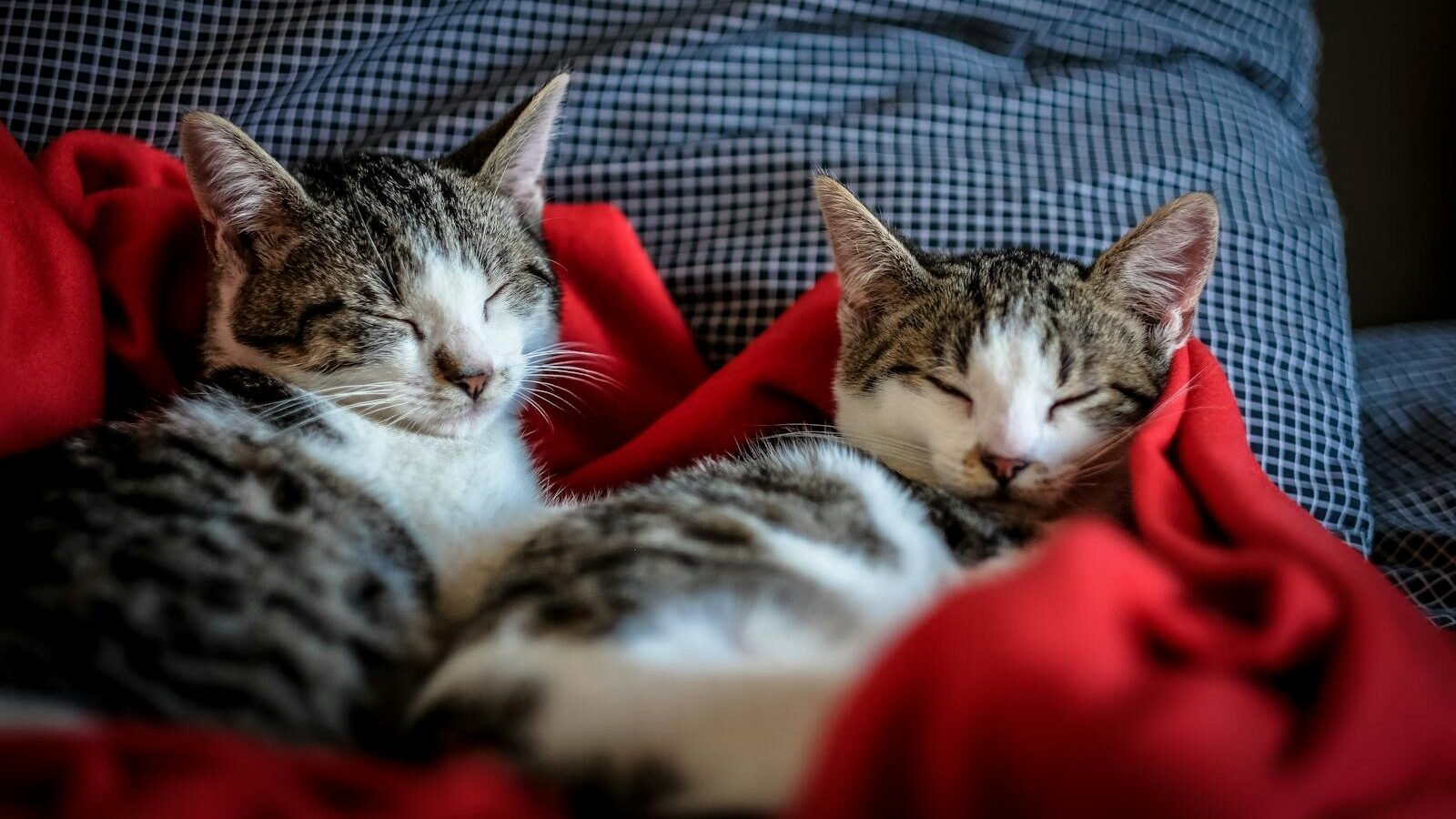
In the wild, cats often knead grass or leaves to create a comfortable bedding before resting. This instinctual behavior is still present in domestic cats. When your cat kneads your lap, it may be trying to create a soft, inviting spot to settle down for a nap, reminiscent of their ancestral bedding preparation.
A Form of Stretching and Exercise
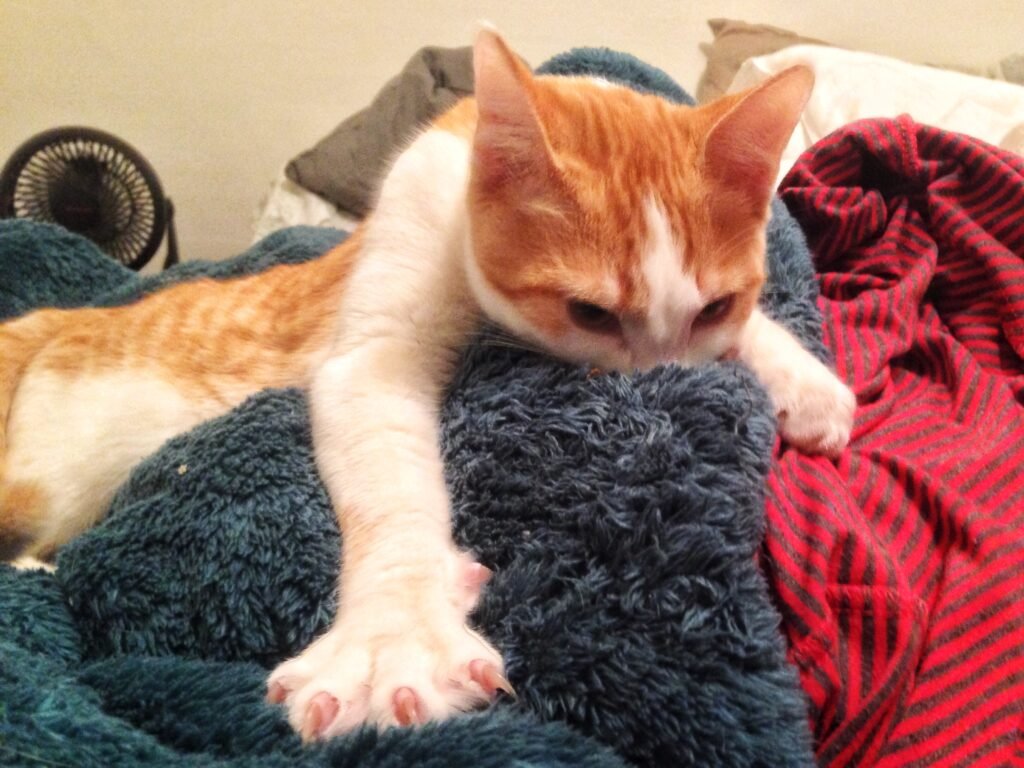
Kneading can also serve as a way for cats to stretch their muscles and keep their paws agile. The actions involved in kneading allow cats to flex and work the muscles in their legs, which is essential for maintaining their agility and physical condition, especially in indoor environments where natural exercise opportunities might be limited.
Expression of Affection
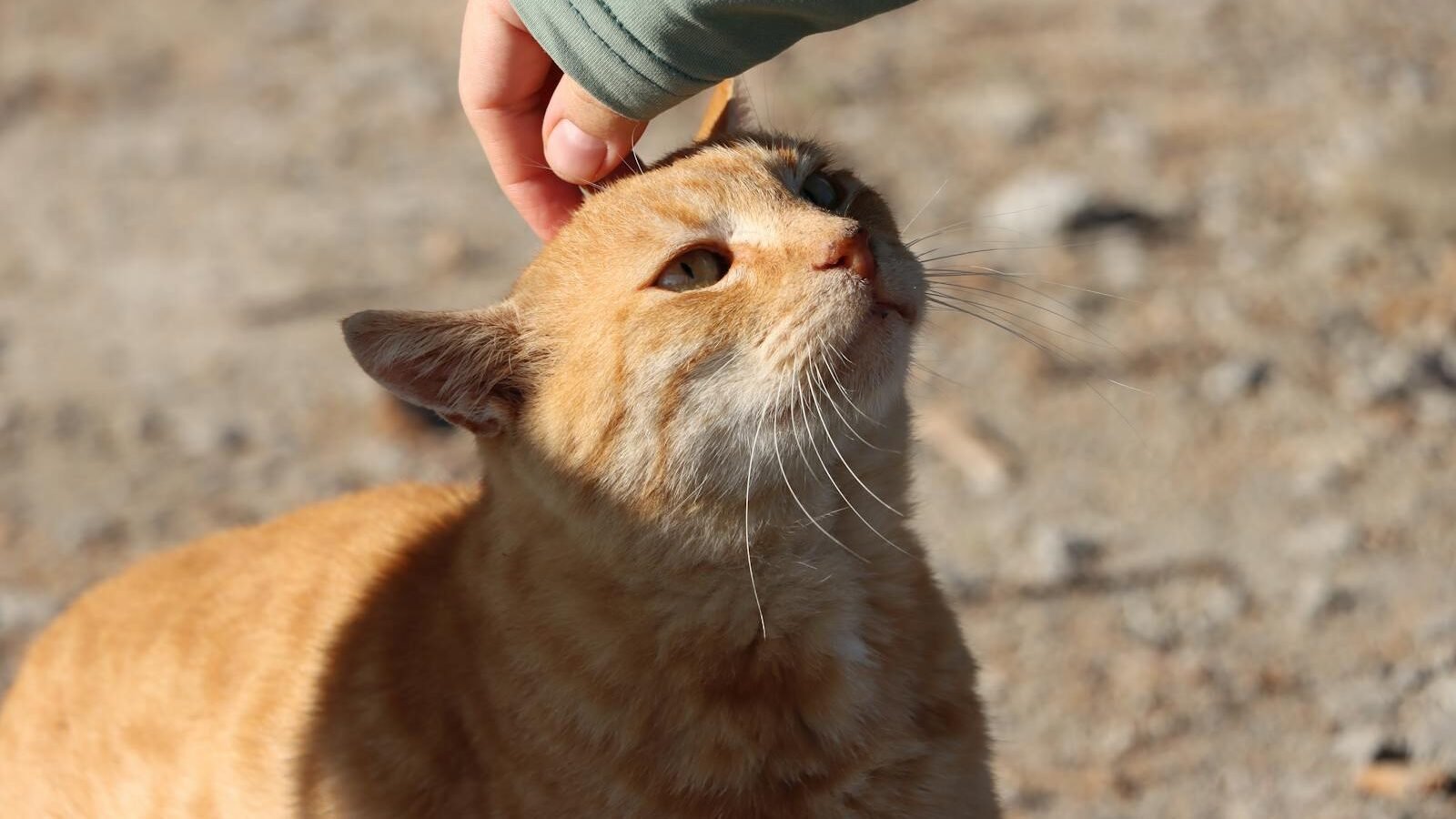
Many cat owners interpret kneading as a form of affection. When cats knead on their owners, it is often a sign that they feel safe and content. This display of trust and attachment is a positive indication of the healthy bond between cats and their humans, suggesting that the cat values their presence and companionship.
Comparisons to Other Feline Behaviors
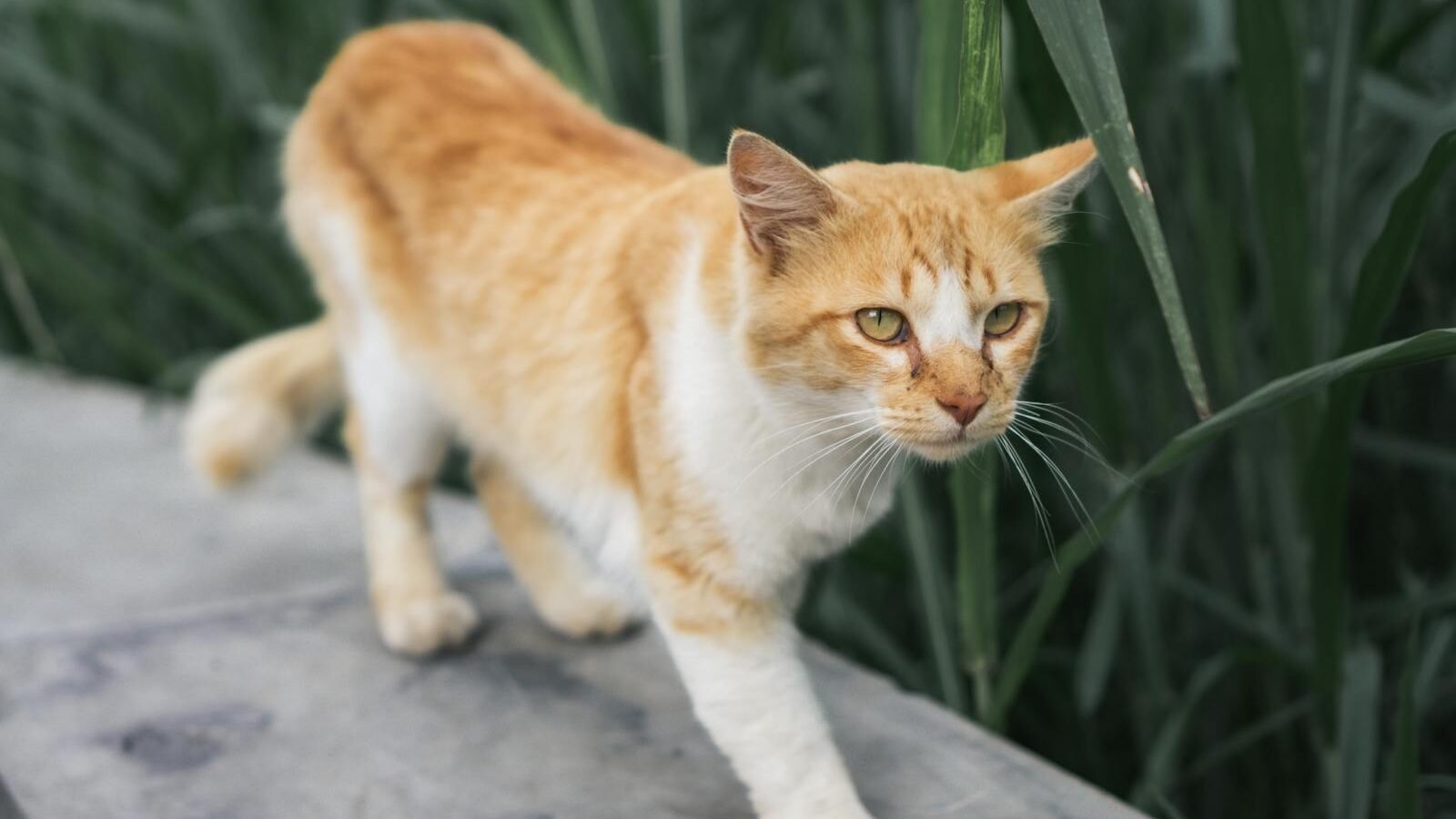
Like purring and rubbing against people or objects, kneading is a behavior that communicates a variety of emotional states. While purring can indicate contentment or distress, and rubbing is linked to scent marking, kneading is primarily associated with pleasure and relaxation, though it can occasionally serve multiple functions simultaneously.
Do All Cats Knead?
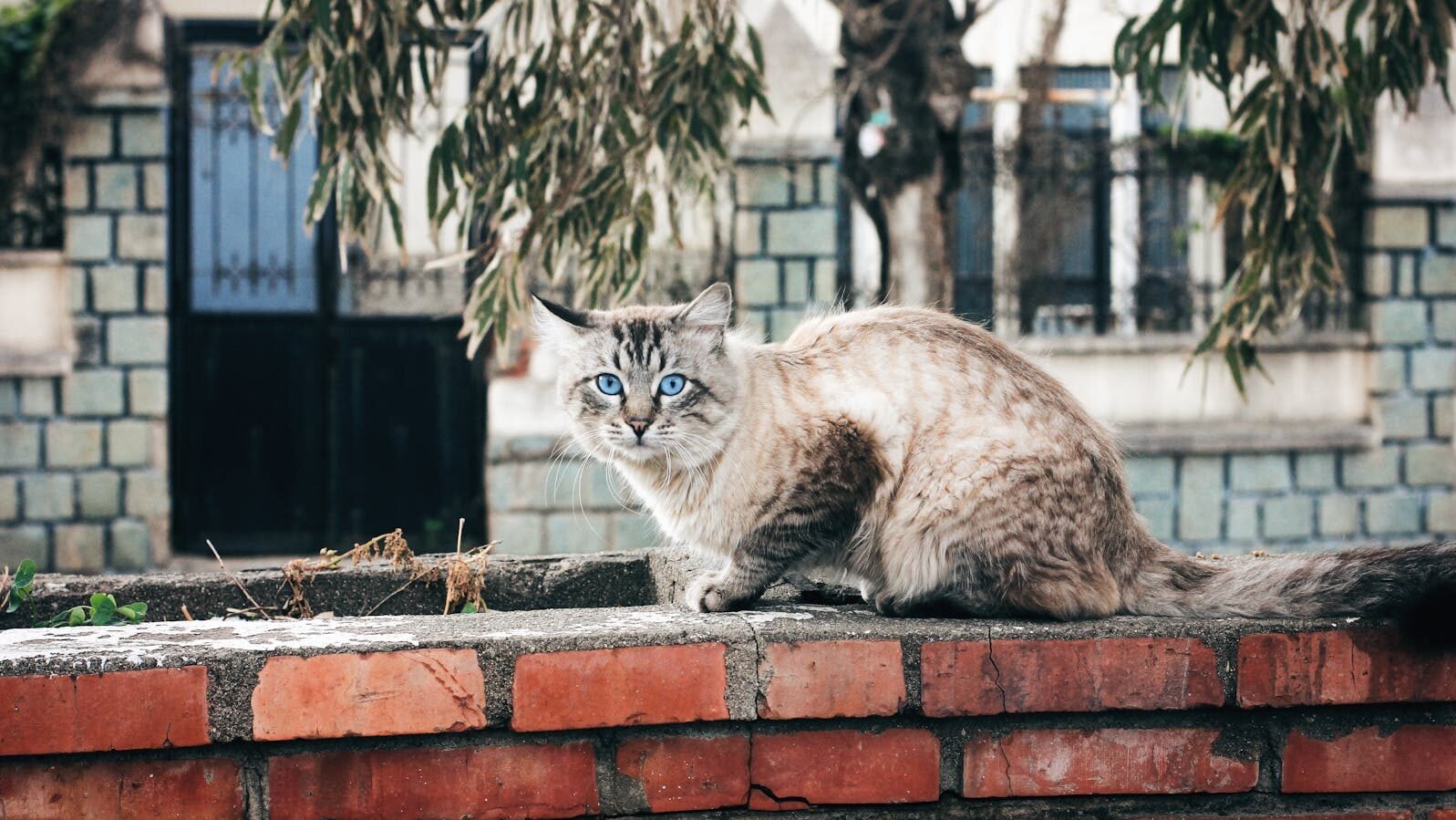
Not all cats exhibit kneading behavior, and the frequency and manner of kneading can vary widely among individual cats. Some cats may never knead during their lifetime, while others do so frequently. Factors contributing to this variability can include individual temperament, upbringing, and environmental influences.
Managing the Kneading Habit

While kneading is typically a harmless behavior, it can sometimes be uncomfortable for owners, especially if the cat uses its claws. To manage this, owners can regularly trim their cat’s nails and provide alternative soft surfaces for kneading. Redirecting their attention to a cushion or blanket can also help maintain comfort for both the cat and the owner.
Conclusion on Cat Kneading Behavior
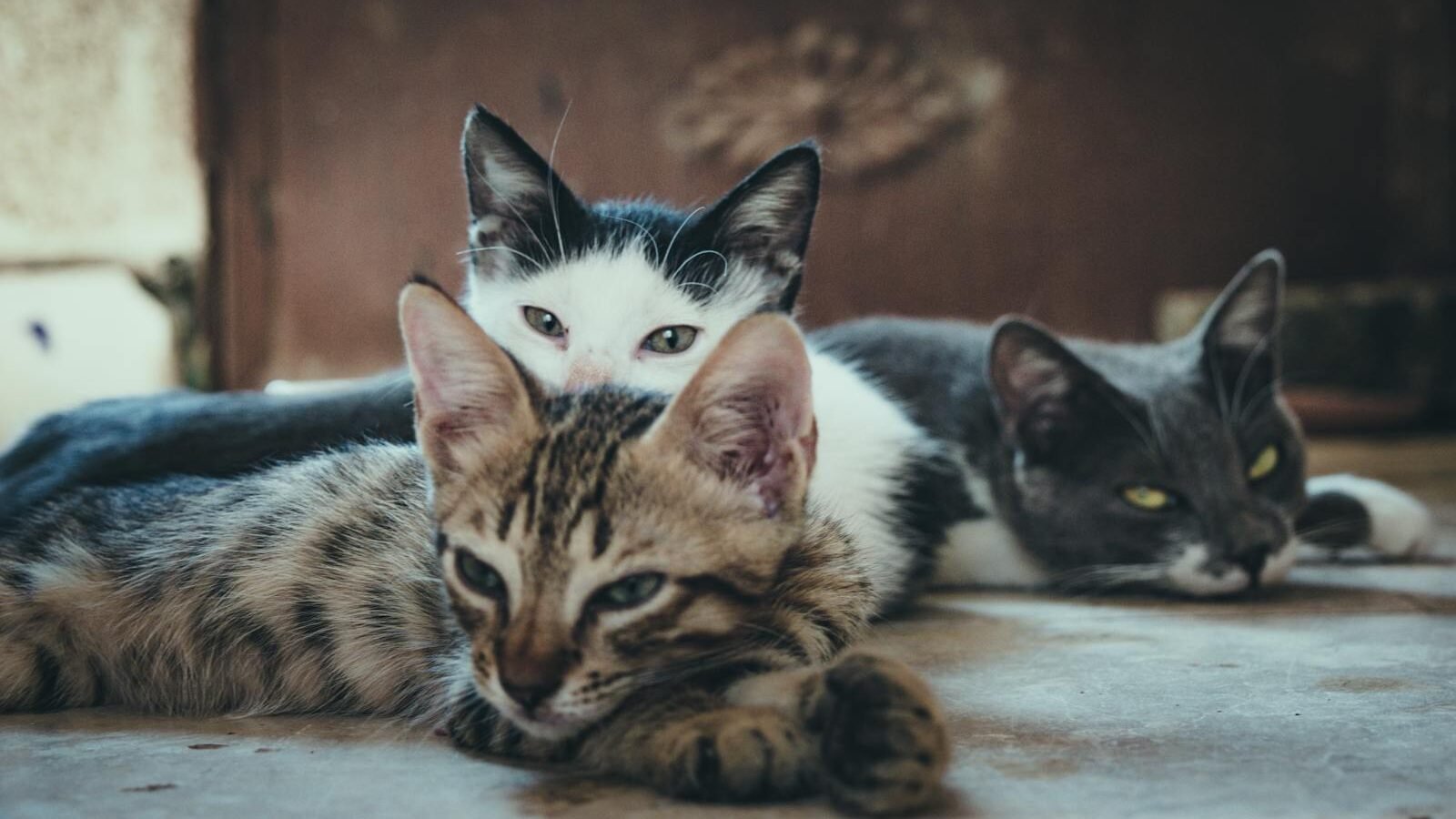
Understanding why cats knead their owners opens a window into the intricate world of feline behavior. Kneading is a multi-faceted action rooted in early life experiences, territorial instincts, and physical necessity. Above all, it represents the deep-seated bonds between cats and their caretakers, encapsulating feelings of comfort, security, and affection.

With over a decade of experience as a dedicated cat lover and enthusiast, I specialize in writing captivating content about all things feline. My expertise shines through in creating engaging and informative pieces that resonate with fellow cat lovers. As a proud cat parent to my beloved Duston, my personal connection to the world of cats adds authenticity and warmth to my work, making it relatable and heartfelt.






